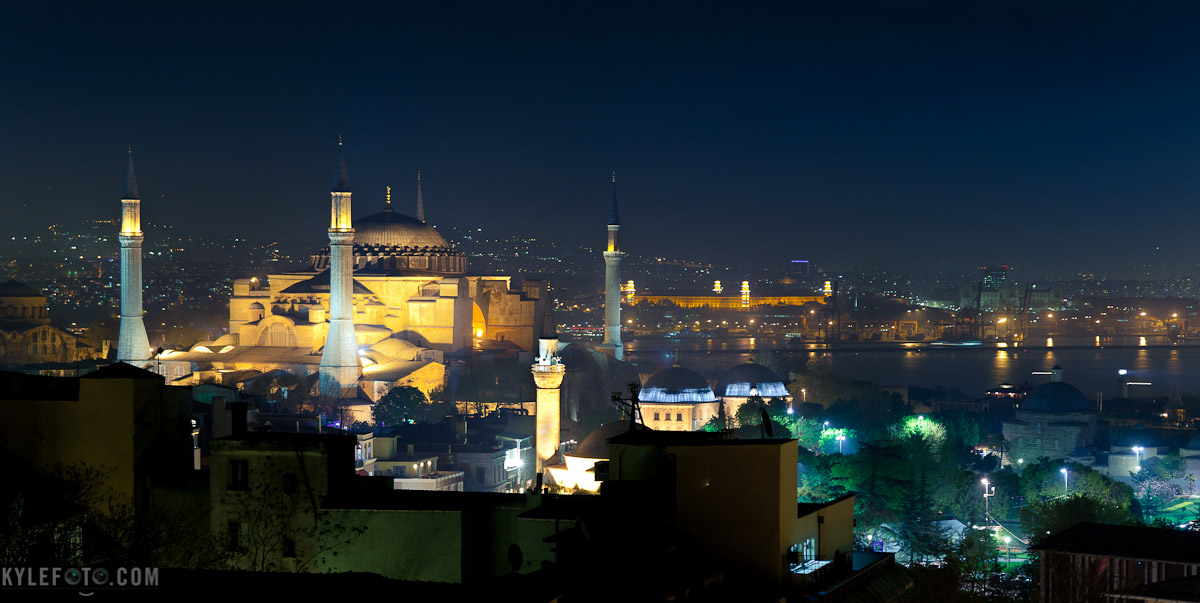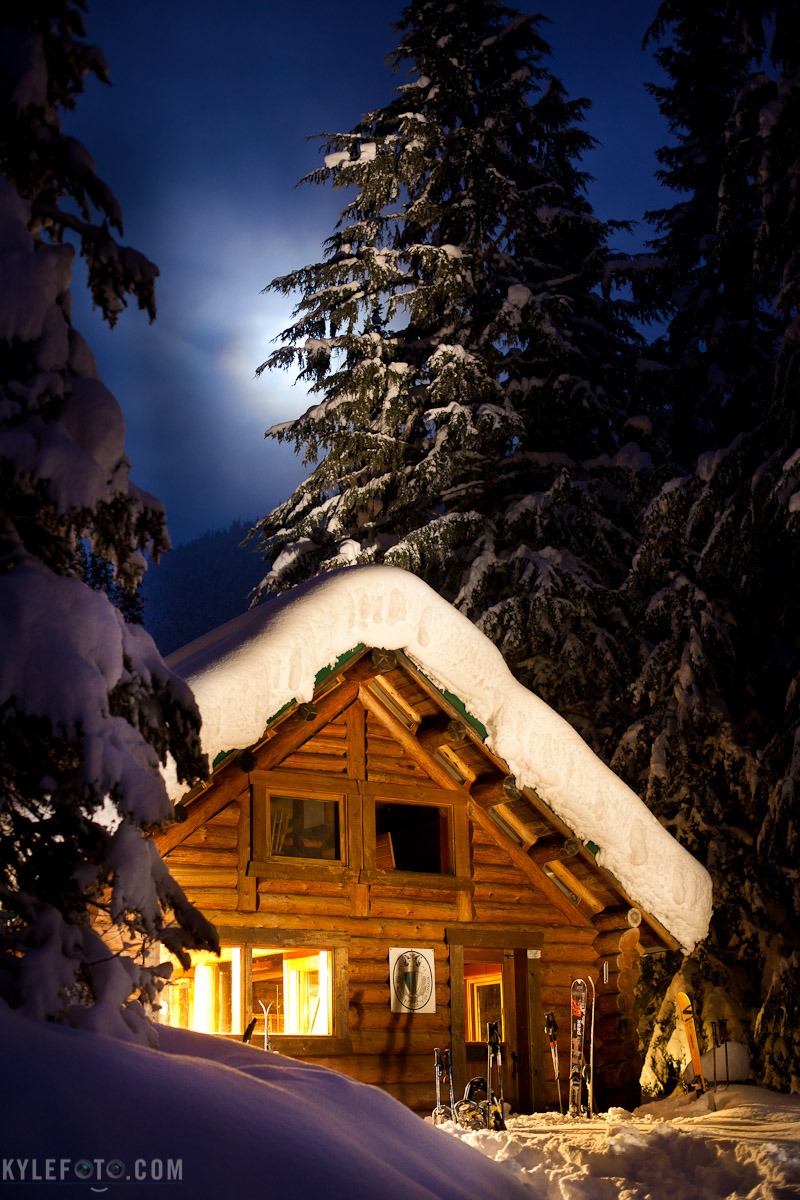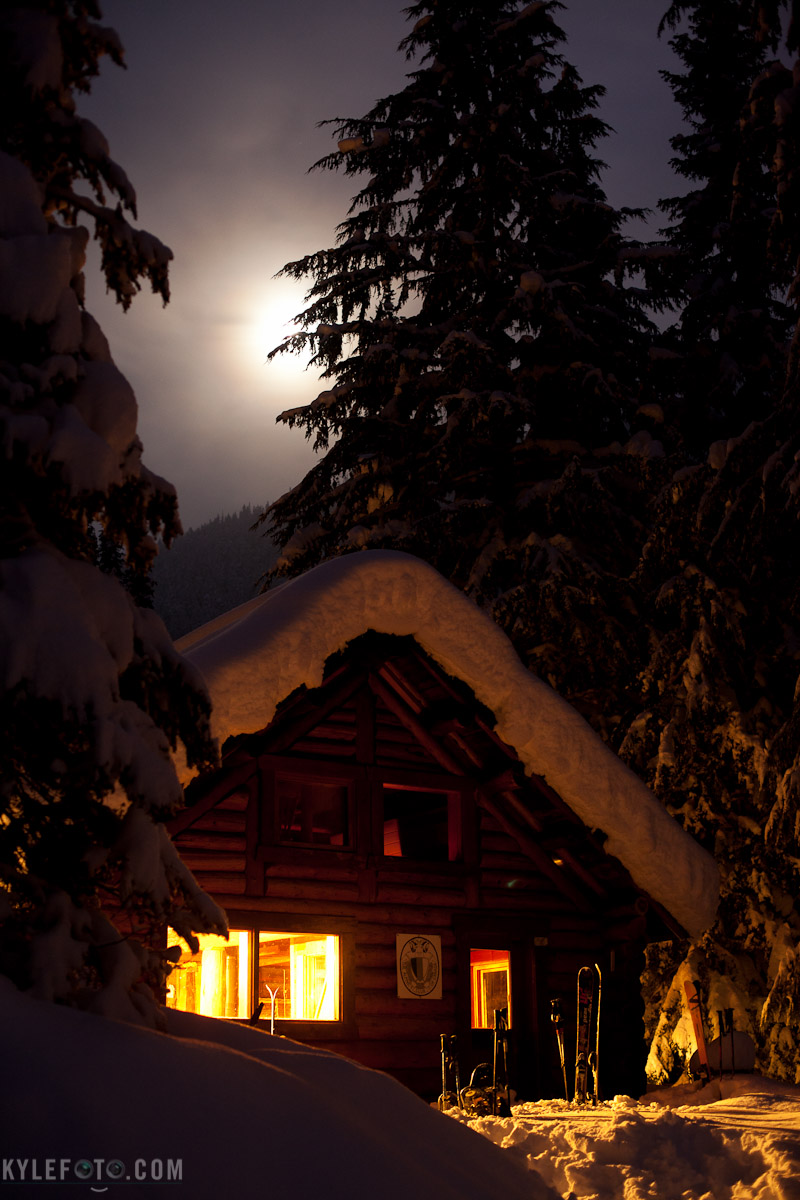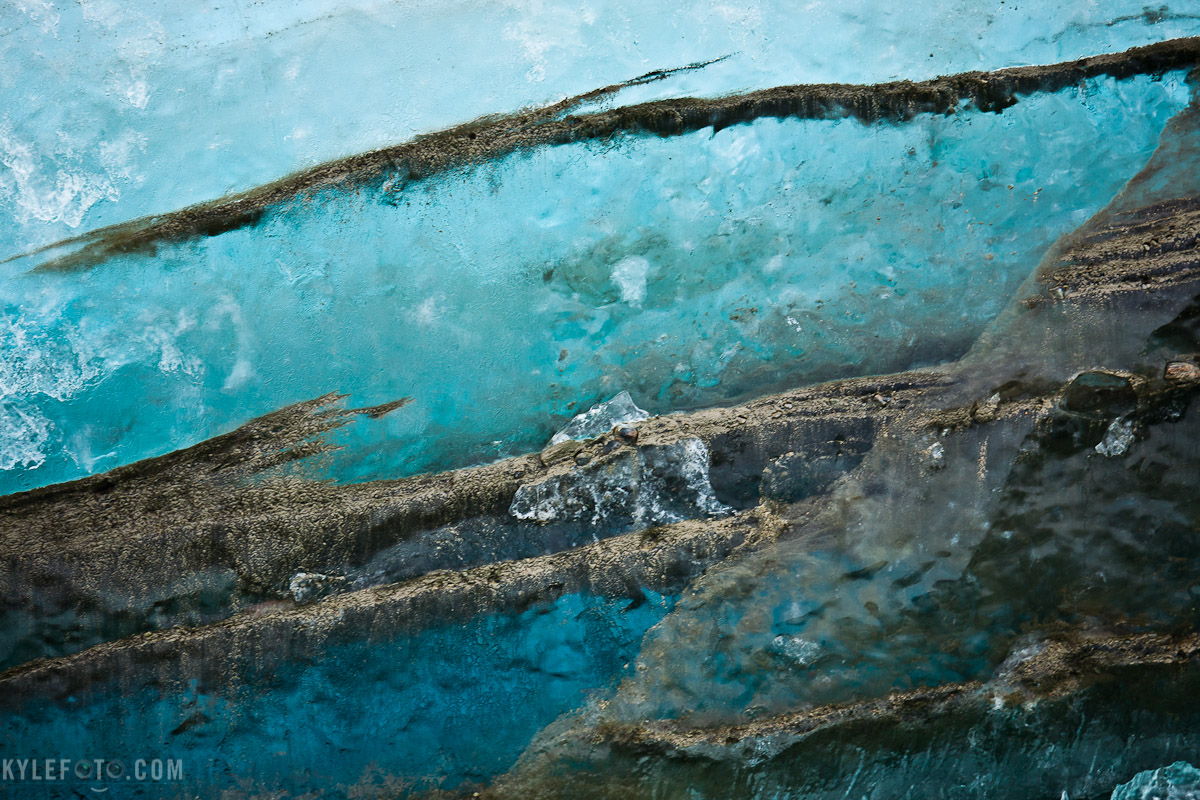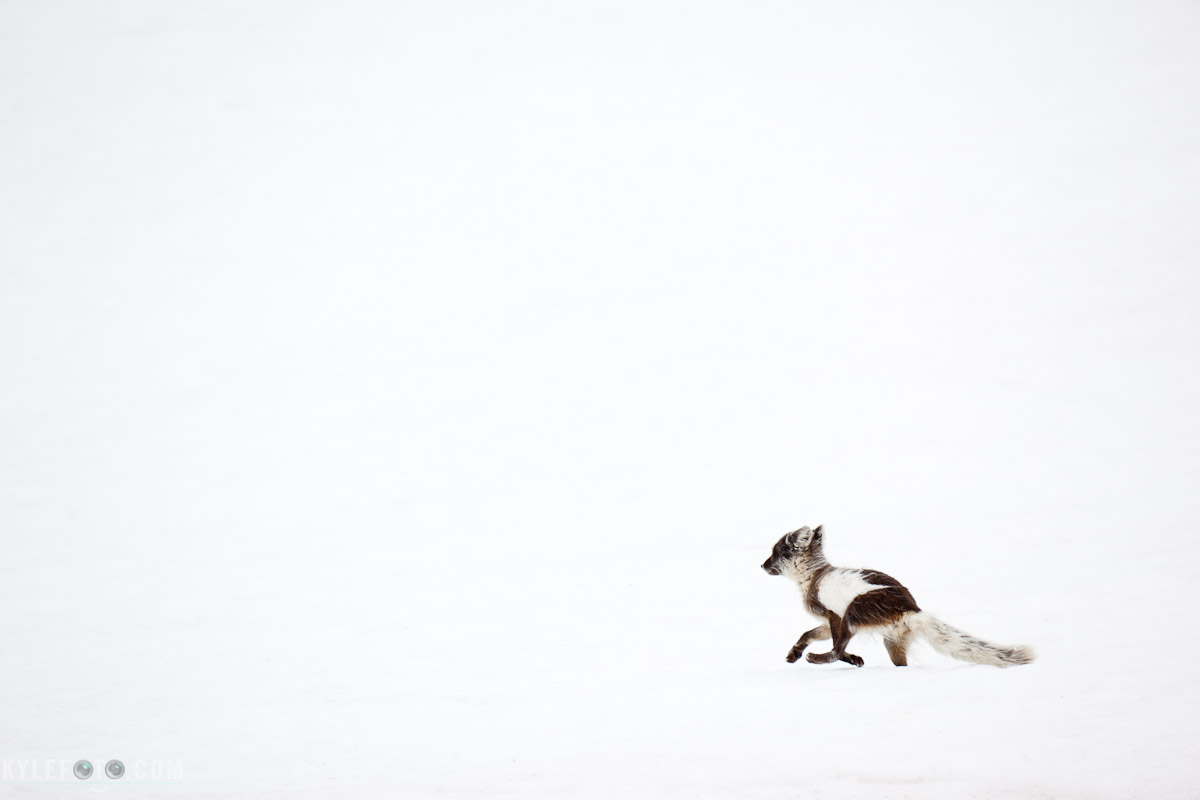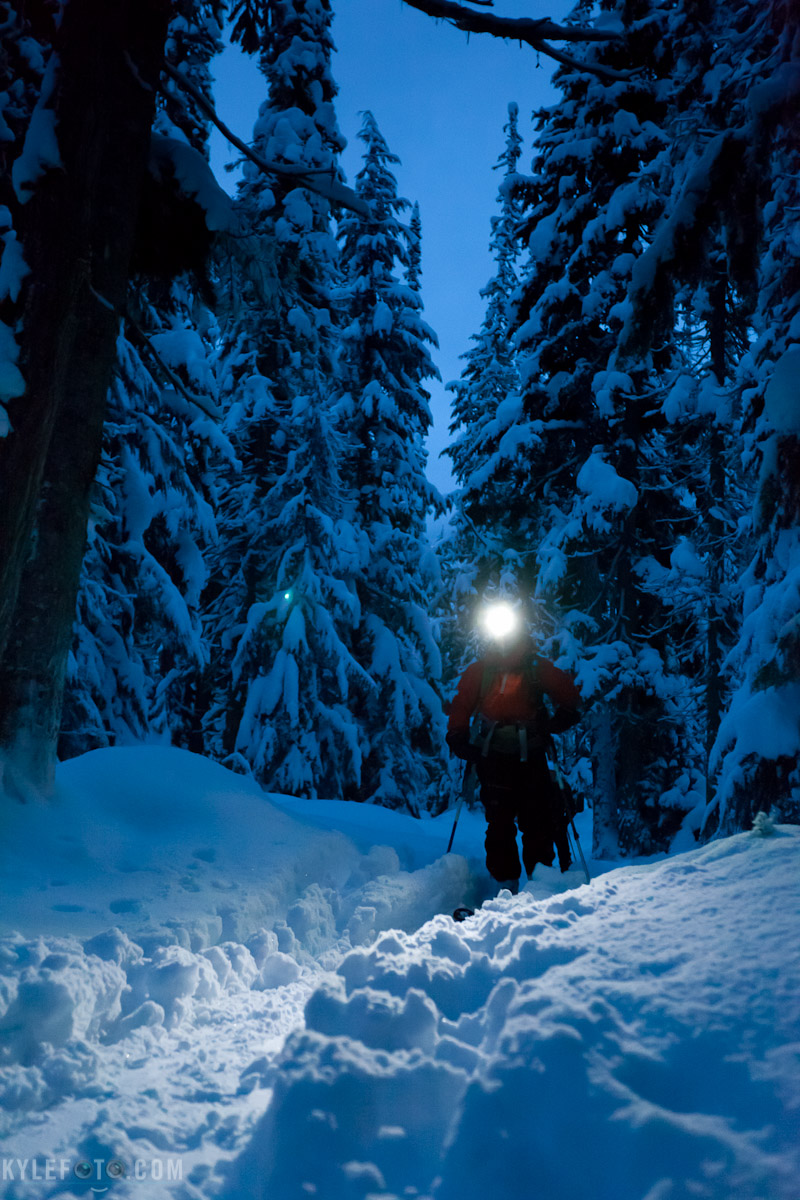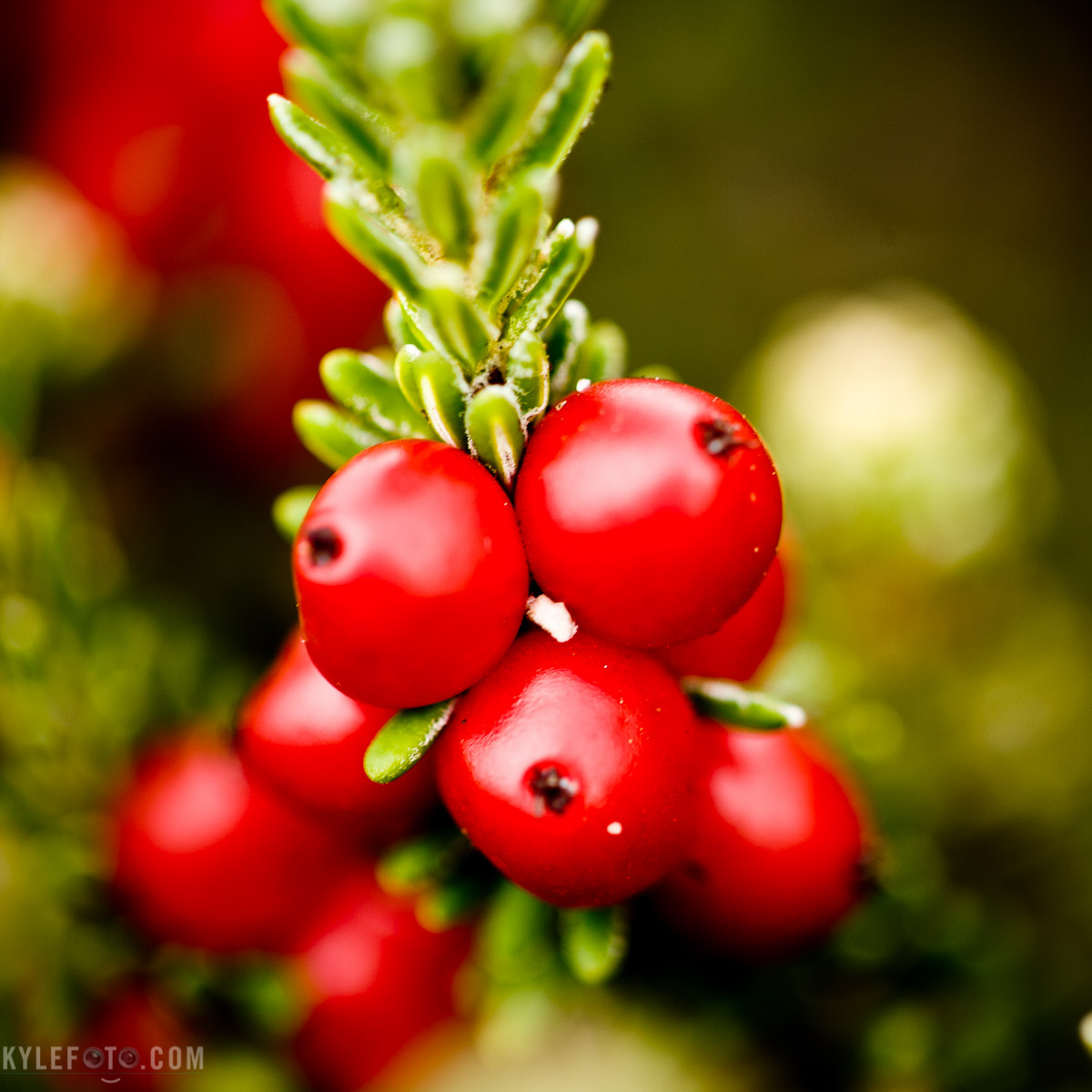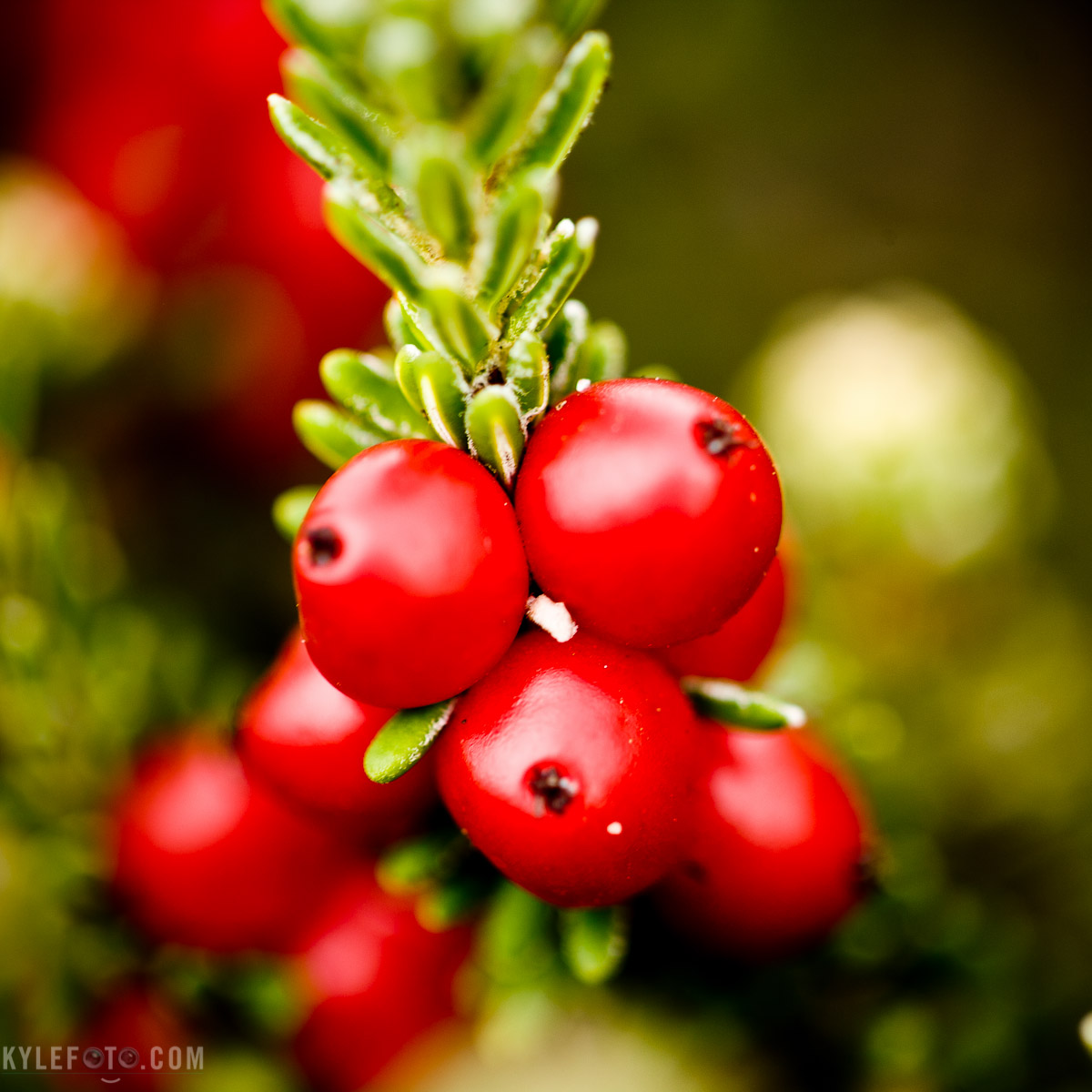Istanbul, Turkey The Hagia Sophia (or ayasofya) is a place so rich in history I can merely scratch the surface of this ancient centre of religiosity. Originally conceived as a greek cathedral of constantinople in 360AD this monolith has shifted theological allegiances numerous times, lastly becoming a mosque in 1453 which was finally converted to a museum in 1931.
One of the coolest things about the building is it’s restoration, and with it’s long history of being both a church and a mosque a careful extraction of the newer islamic art reveals the ancient christian mosaics behind them. The resulting experience is a beautiful mix of both cultures in one breathtaking monument to architecture and history.
Photographic details: This building being the largest cathedral in the world for nearly a thousand years is certainly deserving to look as grand as possible. Believe it or not once you get close to this building, most of it’s minarets, great architecture, and city behind it is blocked by it’s surrounding buildings. I really wanted to show the context of this building as it stood the test of time in the ever changing city landscape around it.
I decided to climb the roof of some hotels nearby to get a view of the city lights. With a tripod I shot a 2 second exposure at 70mm to zoom in enough to get details, while also keeping enough foreground and background. This is another great example of landscape shots being taken with a telephoto lens.
2s f/3.5 ISO100 70mm
[button size="large" link="http://kylefoto.smugmug.com/Other/world/20164645_BG7whF#!i=1662517522&k=nW2F8dz" linkTarget="_blank" color="blue"]Order Print through Smugmug[/button]


